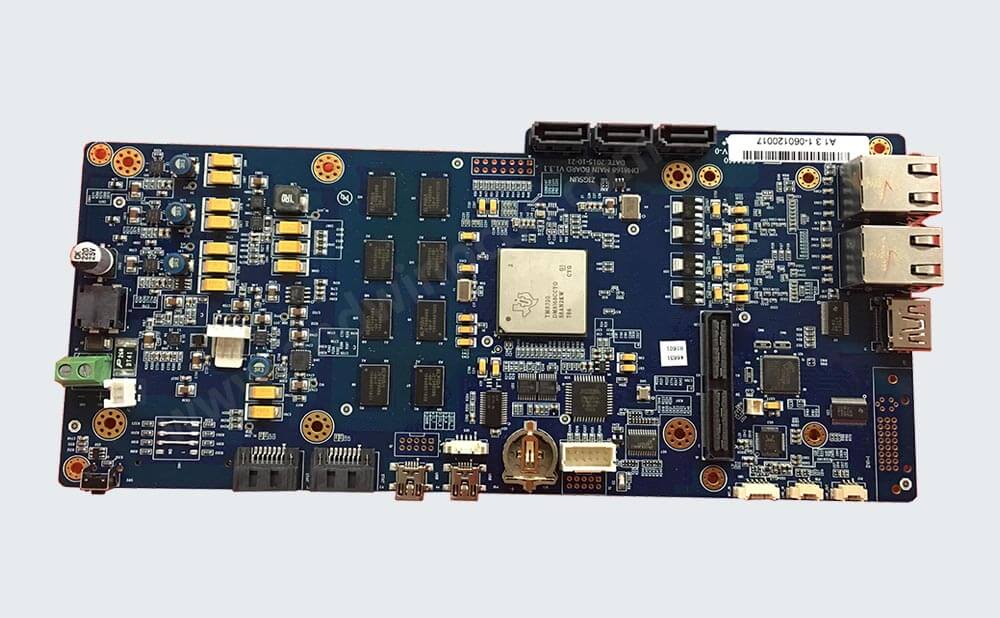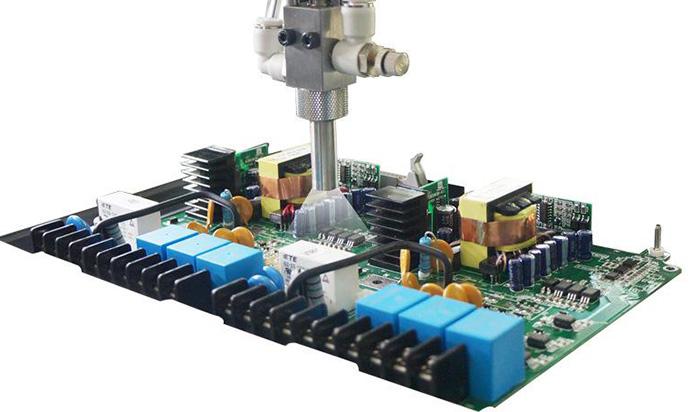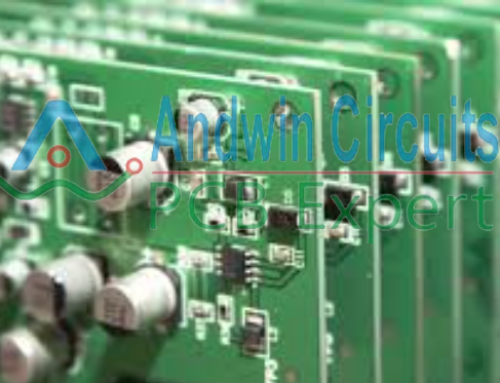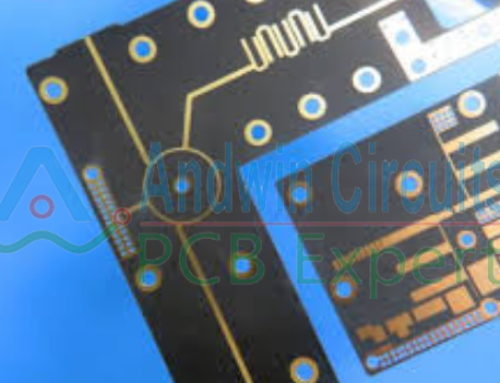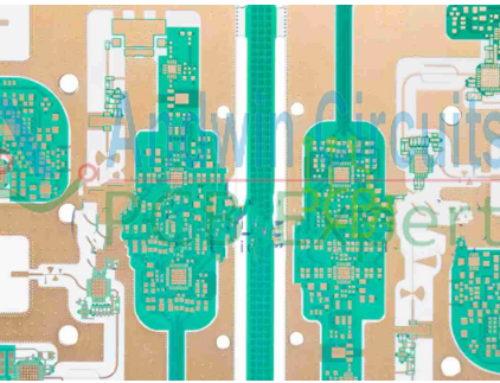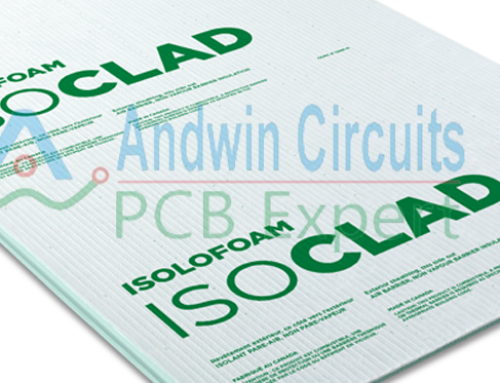Rigid Flex & Flexible
PCB Assembly
Flexible circuit board production process
Flex circuit assembly refers to SMT assembly of flexible printed circuit boards (FPC). Electronic components can only surface mount on FPC. Below is the flexible circuit assembly process.
Step 1. FPC Fabrication
Of course, before flexible PCB assembly, we have to fabricate the flex PCBs. The steps are cut lamination > circuit generation on flex copper clad laminates (FCCL) > surface finish > automatic optical inspection (AOI) > cutting coverlay > attaching coverlay while solder mask opening > lamination > silkscreen printing > electrical testing.
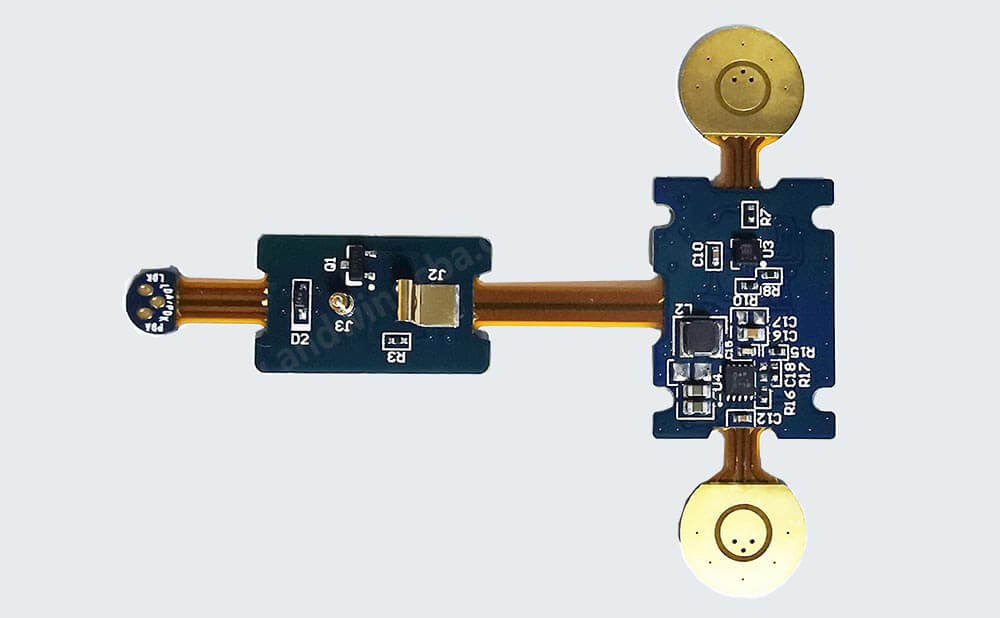
Step 2. Baking flexible PCBs
This is optional. We only bake the flex PCBs that have been stored for quite a long period because the polyimide (PI) or polyester (PET) substrate of flexible PCBs may absorb moisture.
Step 3. Fixing flexible PCB with jigs
Before flex PCB assembly, the flex PCBs must be fixed with jigs because, as you know, flex PCBs are lightweight and easy to move or scroll. If they were not fixed with jigs, components can’t be mounted on the FPC adequately.
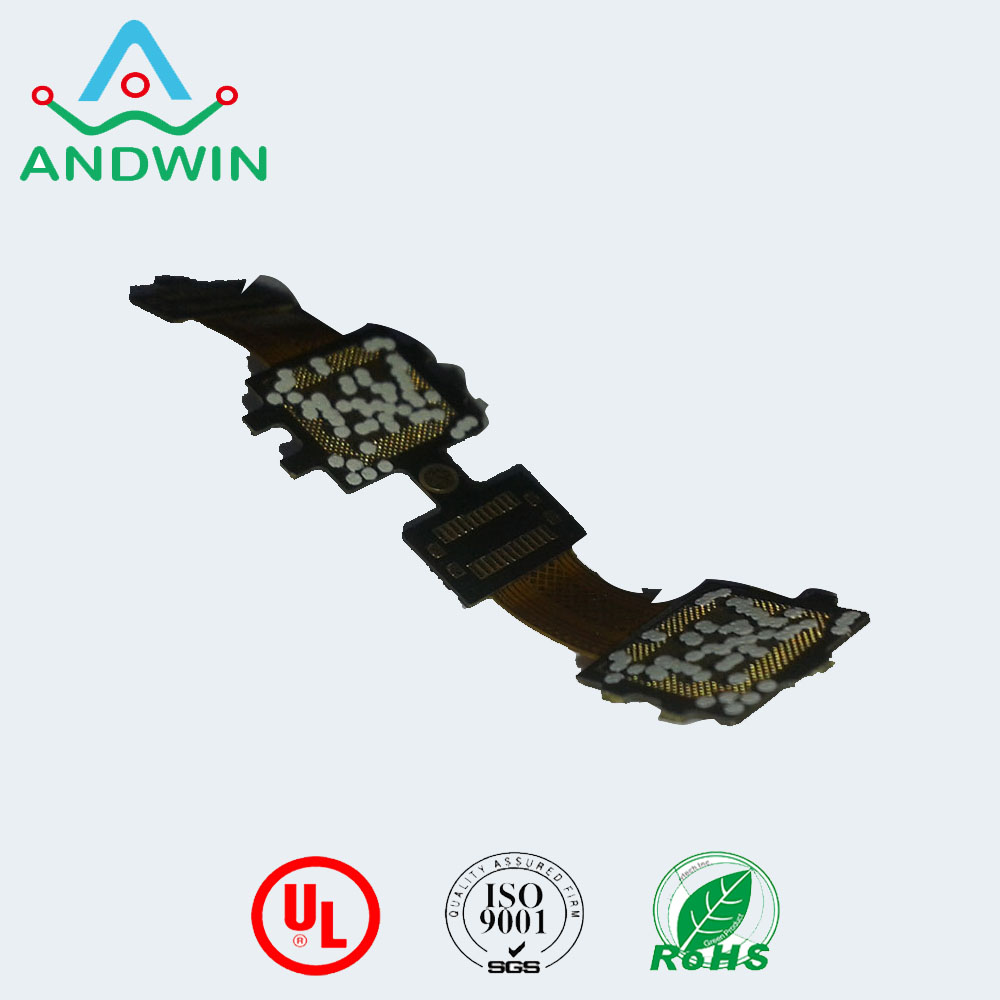
Step 4. Flexible PCB Assembly
We place an SMT stencil in an automatic solder paste printing machine. The machine works according to the program designed by our CAM engineer.
In the machine, the flexible PCB is first dispensed with glue, which is similar to solder paste printing. And then components are picked and placed on the flex PCB to become a flexible PCBA.
Step 5. Thermal lamination
This step is not necessary. If the flex PCBA needs to be further processed to be a module, such as a current collector assembly module, the flex PCBA can be thermally laminated with other components, such as black films and nickel sheets.

Flexible Printed Circuit Design Advantages
The fact that a flex can be bent, folded, and configured in just about any shape or thickness imaginable gives the designer tremendous options when creating an electronics package.
Size and space limitations are far less of an issue than traditional design using hardboard circuits.
Assembly and handling costs can be significantly decreased because the entire interconnect system can be built as one integrated part.
Add in All Flex’s ability for component assembly and testing, and supply chain management becomes greatly simplified.
This tremendous flexibility in design choices leads to electronic packages being smaller, lighter, and more functional.
Other PCB products, you may interesting




